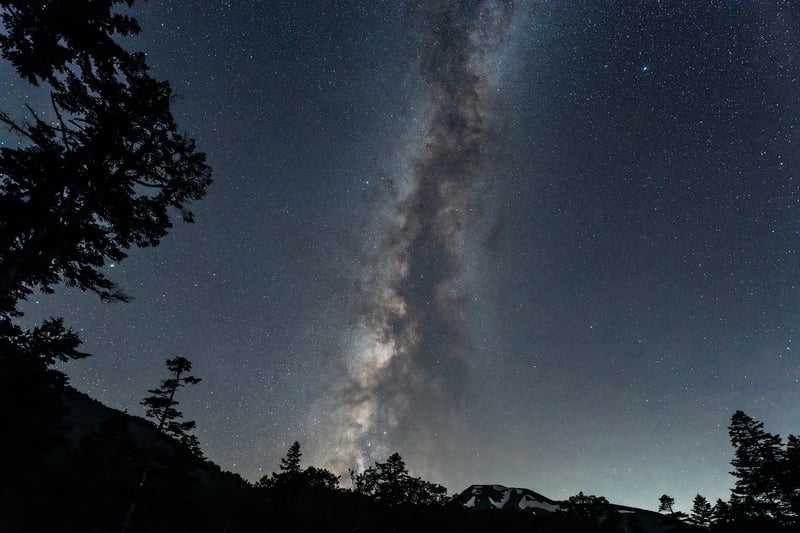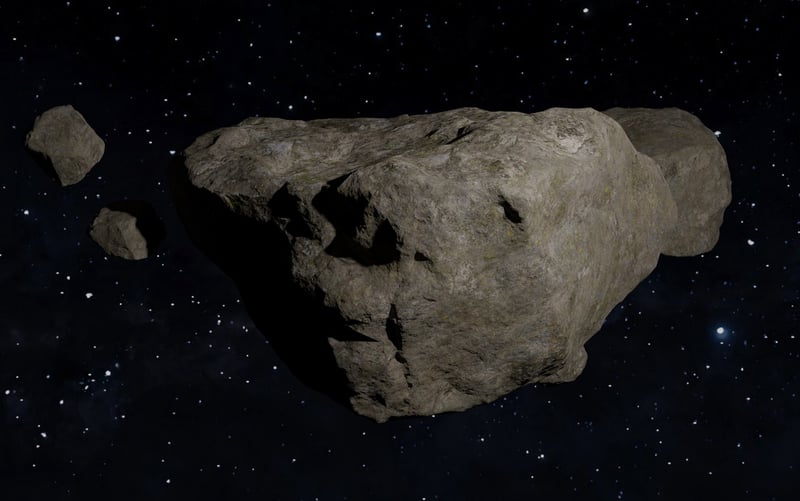Asteroid Tracking
Exploring the Cosmos: Charting the Universe and Tracking Asteroids
Have you ever gazed up at the night sky and wondered about the vast expanse of the cosmos? The universe is a mysterious and awe-inspiring place, filled with billions of galaxies, stars, planets, and asteroids. In this article, we will delve into the fascinating world of astronomy, from charting the cosmos to tracking asteroids.
Charting the Cosmos
Charting the cosmos involves mapping out the positions and movements of celestial objects in the night sky. Astronomers use sophisticated telescopes and observatories to study distant galaxies, stars, and planets. By observing the light emitted by these objects, scientists can gather valuable information about their composition, temperature, and age.
One of the most famous tools for charting the cosmos is the Hubble Space Telescope. Launched into orbit in 1990, the Hubble has provided stunning images of distant galaxies and nebulae, revolutionizing our understanding of the universe.
Exploring the Universe with Hubble

The Hubble Space Telescope has captured breathtaking images of distant galaxies, such as the iconic Eagle Nebula and the majestic Andromeda Galaxy. Its high-resolution images have helped astronomers study the formation of stars, the evolution of galaxies, and the expansion of the universe.
Asteroid Tracking
Asteroids are small rocky bodies that orbit the sun, primarily located in the asteroid belt between Mars and Jupiter. Some asteroids have the potential to impact Earth, posing a threat to life on our planet. To mitigate this risk, scientists track asteroids and predict their orbits to determine if they pose a danger to Earth.
Monitoring Near-Earth Asteroids

Organizations like NASA actively monitor near-Earth asteroids using telescopes and radar systems. By tracking the positions of these asteroids over time, scientists can calculate their trajectories and assess the likelihood of a potential impact. If an asteroid is deemed hazardous, researchers develop strategies to deflect or destroy it before it reaches Earth.
Exploring the cosmos and tracking asteroids are essential aspects of astronomy that help us better understand the universe and protect our planet from potential threats. By studying the stars above and the rocks hurtling through space, scientists continue to unravel the mysteries of the cosmos and safeguard our home planet.
Get ready to embark on a journey through the vast expanse of space, where wonders await and discoveries abound!